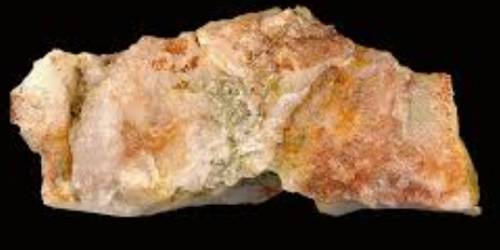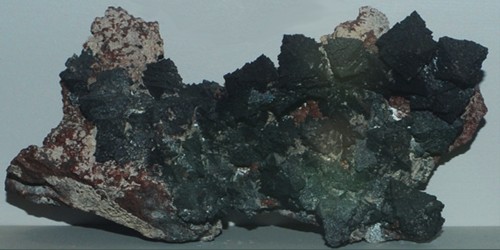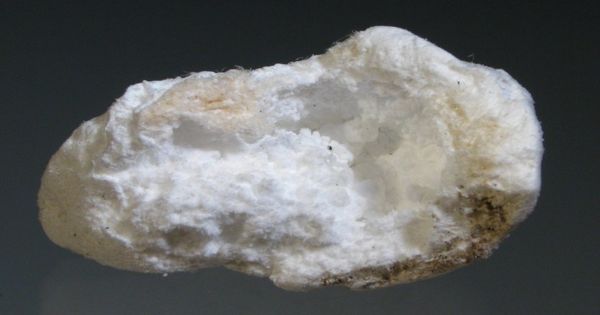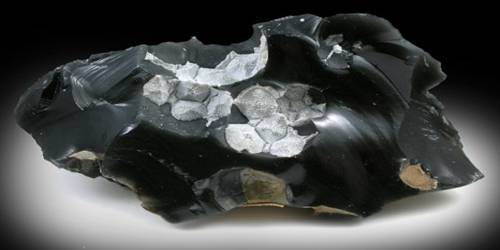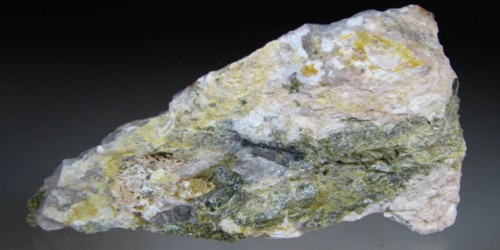Bytownite is a calcium-rich member of the plagioclase solid solution series of feldspar minerals with the composition between anorthite and labradorite. It is usually defined as having between 70 and 90 %An (formula: (Ca0.7-0.9, Na 0.3-0.1) [Al(Al, Si)Si2O8]). Like others of the series, bytownite forms grey to white triclinic crystals commonly exhibiting the typical plagioclase twinning and associated fine striations.
Bytownite by definition must contain 30-10% sodium to 70-90% calcium in the sodium/calcium position in the crystal structure. The various plagioclase feldspars are identified from each other by gradations in index of refraction and density in the absence of chemical analysis and/or optical measurements.
General Information
- Category: Plagioclase feldspar
- Formula: (Ca,Na)[Al(Al,Si)Si2O8]
- Crystal system: Triclinic
- Crystal class: Pinacoidal (1) (same H-M symbol).

Properties
Bytownite is a rock-forming mineral occurring in mafic igneous rocks such as gabbros and anorthosites. It also occurs as phenocrysts in mafic volcanic rocks. It is rare in metamorphic rocks. It is typically associated with pyroxenes and olivine.
- Color: Colorless, white, gray
- Crystal habit: Rarely as crystals flattened on [010], commonly as cleavable masses or anhedral grains in massive aggregates
- Twinning: Common Albite, Carlsbad, and Pericline twinning
- Cleavage: Perfect on [001], good on [010], imperfect on [110]
- Fracture: Uneven to conchoidal
- Tenacity: Brittle
- Mohs scale hardness: 6 – 6.5
- Luster: Vitreous, pearly on cleavages
- Streak: White
- Diaphaneity: Transparent to translucent
- Specific gravity: 2.72 – 2.74
Occurrences
The mineral was first described in 1835 and named for an occurrence at Bytown (now Ottawa), Canada. Other noted occurrences in Canada include the Shawmere anorthosite in Foleyet Township, Ontario, and on Yamaska Mountain, near Abbotsford, Quebec. It occurs on Rùm island, Scotland and Eycott Hill, near Keswick, Cumberland, England. It is reported from Naaraodal, Norway and in the Bushveld complex of South Africa. It is also found in Isa Valley, Western Australia.
In the US it is found in the Stillwater igneous complex of Montana; from near Lakeview, Lake County, Oregon. It occurs in the Lucky Cuss mine, Tombstone, Arizona; and from the Grants district, McKinley County, New Mexico. In the eastern US, it occurs at Cornwall, Lebanon County, Pennsylvania and Phoenixville, Chester County, Pennsylvania.
Information Source;

